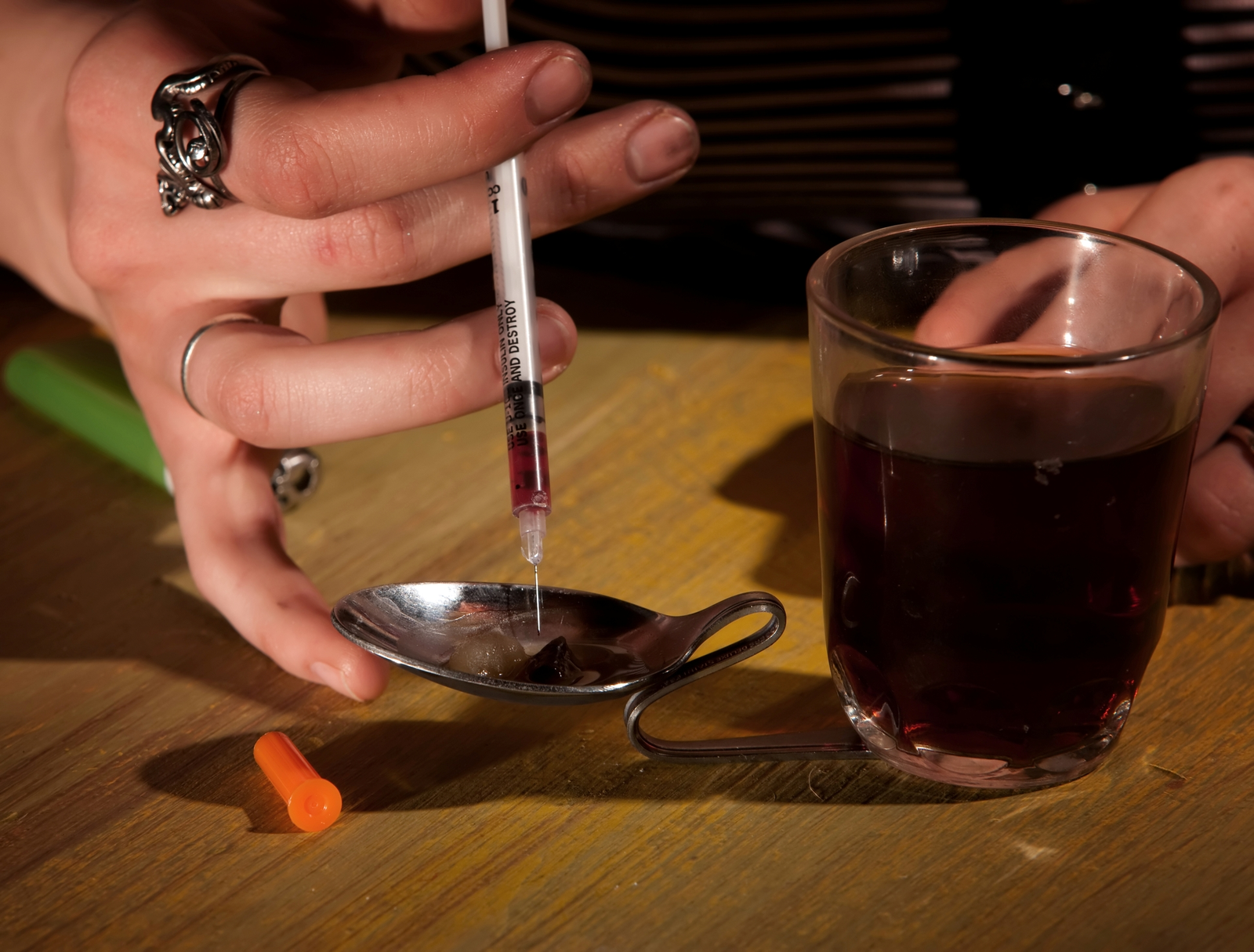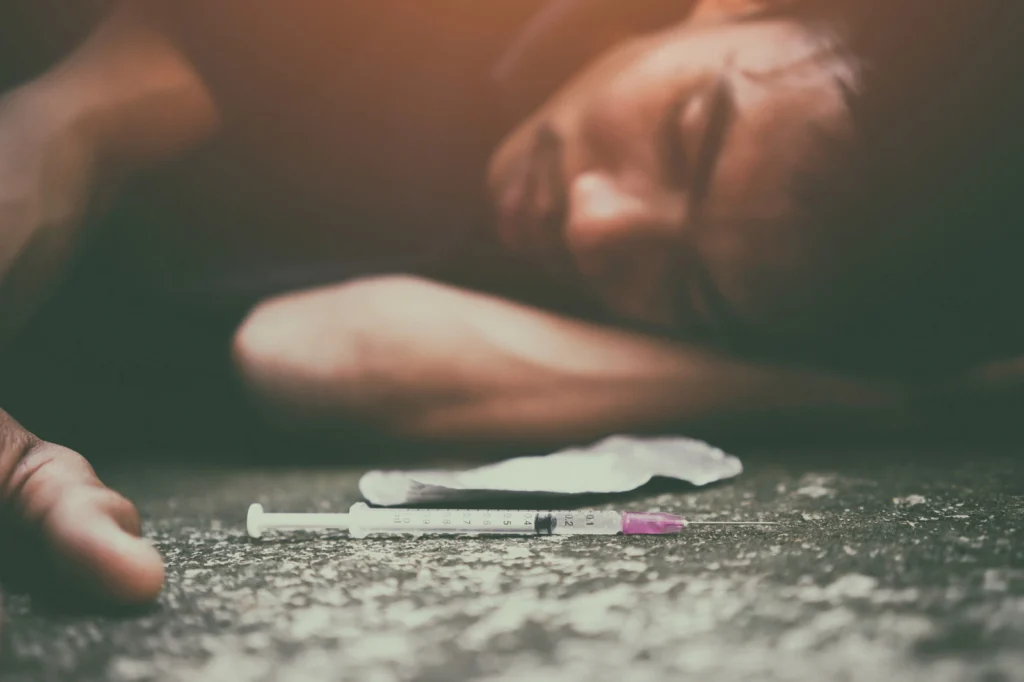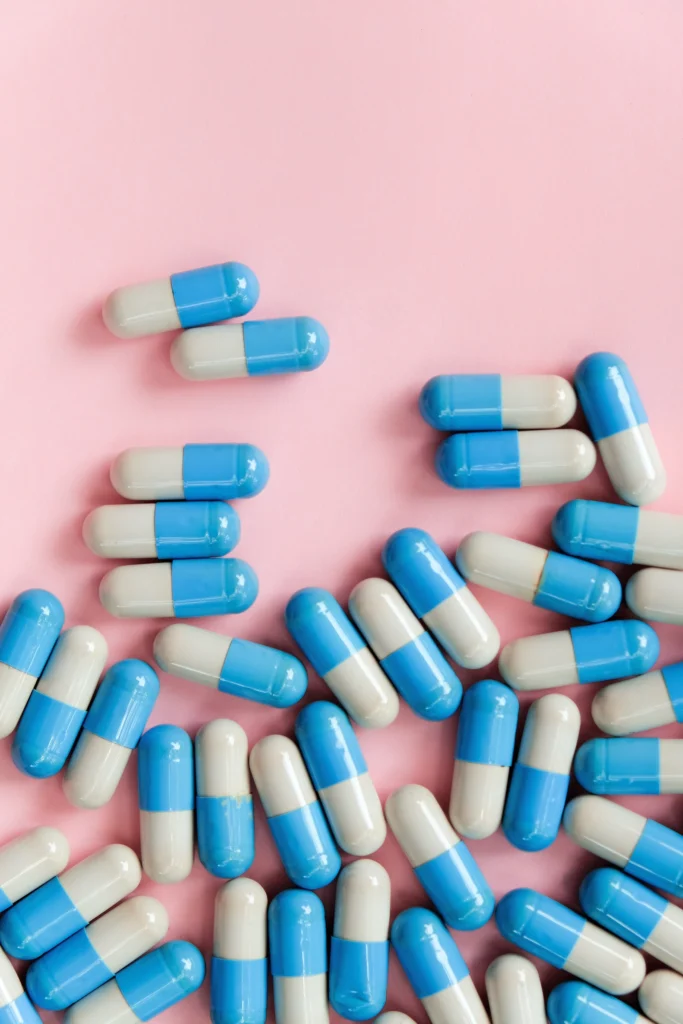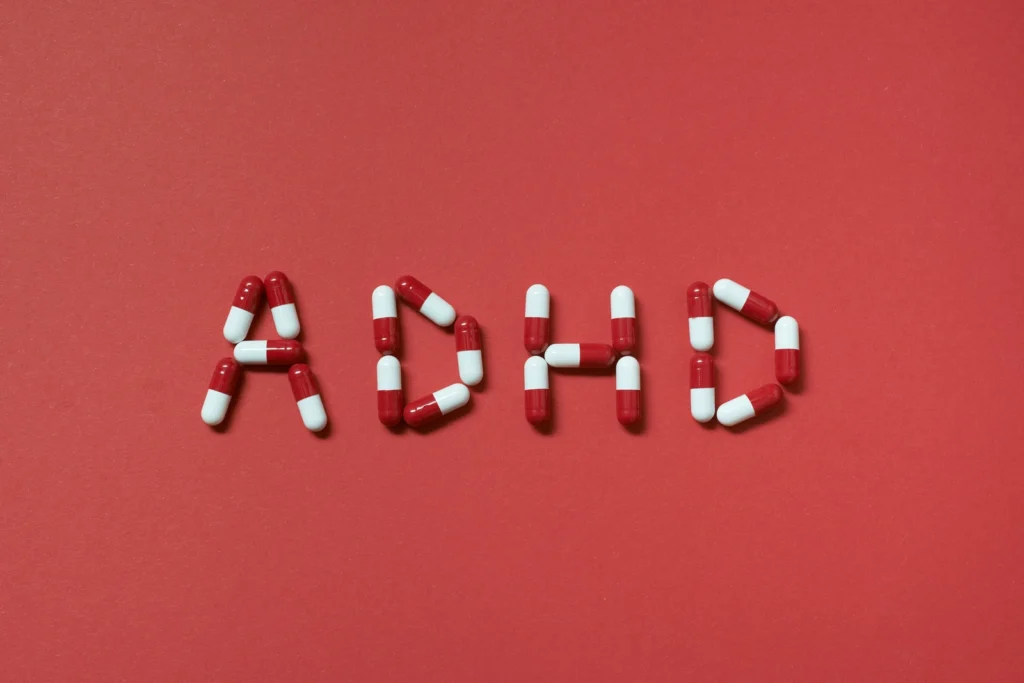What is Black Tar Heroin? Everything You Need To Know

Black tar heroin is a crude form of heroin that gets its name from its dark color and sticky consistency. This dangerous opiate substance contains less refined morphine derivatives than powder heroin and typically includes toxic impurities from its manufacturing process. Primarily produced in Mexico and distributed throughout the western United States, black tar heroin can be smoked, injected, or snorted, though its thick consistency makes it particularly suited for injection. Like other opioids, it creates intense euphoria while simultaneously posing severe risks of addiction, overdose, and several health complications.
Key Points
- Black tar heroin is a dark, sticky form of heroin with more impurities and lower purity than powder heroin, primarily found in the western United States.
- Usage methods include injection (most common), smoking, and snorting, with injection carrying the highest risks of infection and overdose.
- Health risks include unpredictable potency leading to overdose, rapid addiction, unique infections like wound botulism and necrotizing fasciitis, and severe vascular damage.
- Opioid Use Disorder develops from repeated use, changing brain chemistry and creating powerful cravings and withdrawal symptoms.
How is Black Tar Heroin Unique?
Black tar heroin looks different from regular heroin. It’s dark brown or black and sticky like tar, while regular heroin is usually a white or tan powder.[1] This difference comes from how it’s made. Black tar heroin isn’t processed as much, which leaves more impurities in it. These impurities give it the dark color and sticky feel.
Because black tar heroin isn’t made as carefully, it can be more dangerous to use.[2] Its strength can change a lot from batch to batch, making overdose more likely. The sticky texture makes it hard to smoke, so many people inject it instead. This can cause serious infections and other health problems. Black tar heroin also often contains harmful contaminants that can cause unique health issues like severe skin infections and vein damage that aren’t as common with other types of heroin.
How is Black Tar Heroin Different?
Black tar heroin differs from regular powder heroin in several important ways:[3]
- Appearance and texture: Black tar heroin is dark brown or black with a sticky, gooey consistency similar to roofing tar. Regular heroin is typically a white or beige fine powder.
- Production method: Black tar heroin undergoes less refinement during production. Regular heroin goes through more extensive chemical processing to create a purer product.
- Chemical composition: Black tar heroin contains a mixture of partially processed morphine derivatives. Regular heroin consists primarily of diacetylmorphine, a more refined compound.
- Purity level: Black tar heroin generally has lower purity (30 to 40 percent) compared to powder heroin, which can reach much higher purity levels.
- Geographic distribution: Black tar heroin is predominantly found in western and southwestern United States, while powder heroin is more common in eastern regions.
- Method of use: Though both can be injected, smoked, or snorted, black tar’s sticky consistency makes it more difficult to snort or smoke compared to powder heroin.
- Health risks: Black tar heroin carries unique health risks including wound botulism, soft tissue infections, and vascular damage due to its impurities and consistency.
- Cost: Black tar heroin is often less expensive than powder heroin, partly due to its lower purity and less refined nature.
How is Black Tar Heroin Used?

Black tar heroin is typically used through three main methods, with injection being the most common due to the substance’s sticky consistency. People who inject black tar heroin dissolve the substance in water, sometimes with acid to help break it down, before drawing it into a syringe and injecting it into veins, muscles, or under the skin.
This method delivers the most immediate and intense effects but also carries the highest risks of overdose, infection, and vein damage. The dark, sticky nature of the substance makes it particularly damaging to veins and surrounding tissues.
Despite its thick consistency, some people also smoke or snort black tar heroin. Smoking involves heating the substance on foil and inhaling the resulting vapors, the method of which is often called “chasing the dragon.”
Snorting black tar heroin requires additional preparation since its sticky form doesn’t naturally lend itself to this method. Users typically mix it with water to create a liquid solution that can be snorted or dilute it with an inert substance like lactose powder. While these methods may reduce some infection risks compared to injection, they still carry significant dangers of addiction and overdose.
What Are the Risks of Black Tar Heroin Use?
Black tar heroin use carries severe health risks beyond those associated with other opioids. This particularly dangerous form of heroin contains various impurities from its crude manufacturing process, contributing to additional complications. The sticky consistency often leads many people to inject the substance, increasing exposure to blood-borne diseases and injection-related injuries:[4, 5]
- Overdose: Unpredictable potency levels make dosing difficult and deadly.
- Addiction: Creates powerful physical and psychological dependence rapidly.
- Injection complications: Collapsed veins, abscesses, cellulitis, and endocarditis.
- Blood-borne diseases: HIV, hepatitis C, and other infections from needle sharing.
- Wound botulism: Rare but potentially fatal nerve toxin infection.
- Necrotizing fasciitis: Tissue-destroying bacterial infection with high mortality.
- Vascular damage: Deterioration of blood vessels leading to poor circulation.
- Respiratory depression: Slowed or stopped breathing, especially when combined with other substances.
- Cognitive impairment: Brain damage from oxygen deprivation during overdoses or prolonged use.
- Social consequences: Damaged relationships, employment difficulties, legal problems, and homelessness.
Black Tar Heroin and Overdose
Black tar heroin carries a heightened risk of overdose due to its unpredictable potency and composition. Unlike more refined forms of heroin, the crude processing methods used to produce black tar heroin result in inconsistent concentrations of active compounds. This variability means people using the substance cannot reliably predict its strength from one batch to another, leading to accidental overdoses when a stronger-than-expected batch is used. Additionally, black tar heroin is frequently contaminated with harmful additives that can intensify its effects or cause toxic reactions when combined with the drug’s active ingredients.
Overdose symptoms from black tar heroin include severely depressed respiration, pinpoint pupils, blue-tinged lips and fingernails, unconsciousness, and ultimately respiratory arrest. The risk of fatal overdose increases substantially when black tar heroin is used alongside other central nervous system depressants such as alcohol or benzodiazepines. Naloxone, an opioid antagonist medication, can reverse heroin overdoses if administered promptly, but the presence of unusual contaminants in black tar heroin sometimes complicates overdose treatment.
Furthermore, the tendency for black tar heroin to be injected rather than smoked or snorted delivers a more rapid, intense effect that can overwhelm the body before warning signs become apparent.
About Opioid Use Disorder
Opioid Use Disorder (OUD) is a chronic medical condition characterized by the compulsive use of opioids despite harmful consequences.[6] When someone uses black tar heroin repeatedly, their brain chemistry changes, creating powerful cravings and withdrawal symptoms that drive continued use.
Signs of opioid use disorder include:[7]
- Strong cravings for the drug that interfere with daily life.
- Tolerance requiring increasing amounts to achieve the same effect.
- Withdrawal symptoms when attempting to stop or reduce use.
- Continued use despite negative consequences to health, relationships, and responsibilities.
- Loss of control over amount and frequency of use.
- Significant time spent obtaining, using, and recovering from the drug.
- Neglect of important activities due to drug use.
OUD is recognized as a legitimate medical condition that responds to evidence-based treatments. Effective approaches to treat heroin addiction combine medication-assisted treatment like buprenorphine with counseling and other treatment interventions. Many people achieve long-term recovery with proper treatment and support.



